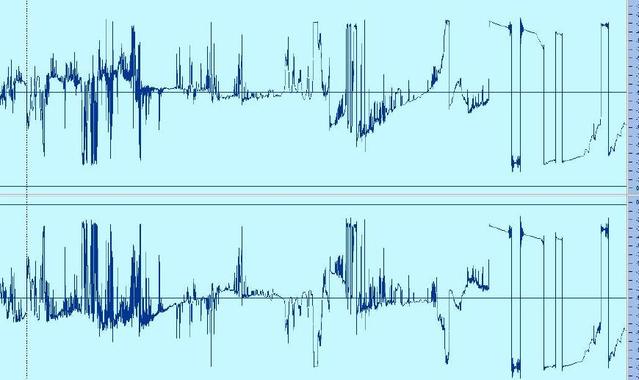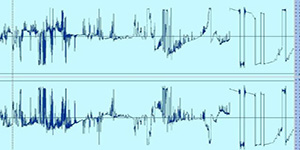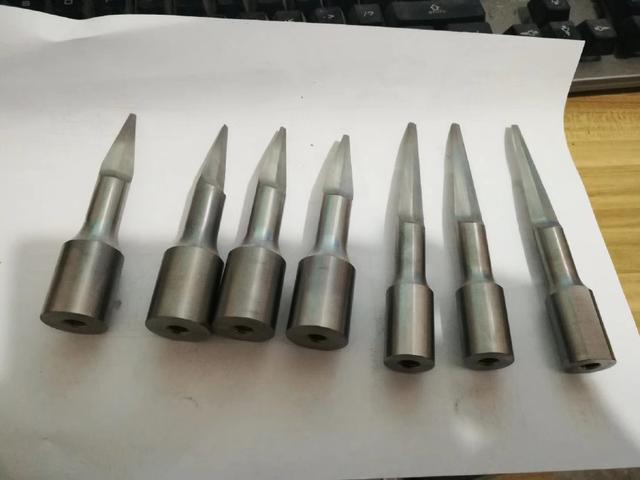Amplitude is a key parameter for the material that needs to be welded, equivalent to the temperature of ferrochrome, the temperature can not reach the welding, too high temperature will make the raw material burn or lead to structural damage and the strength becomes worse. Because each company chooses a different transducer, the amplitude of the transducer output is different, after adapting to different ratios of the amplitude rod and the welding head, can correct the working amplitude of the welding head to meet the requirements, usually the output amplitude of the transducer is 10-20μm, and the working amplitude is generally about 30μm, the ratio of the luffing rod and the welding head is related to the shape of the luffing rod and the welding head, the front and back area ratios and other factors, such as exponential amplitude, functional amplitude, step-type amplitude, etc., which have a great impact on the ratio. The front and back area ratios are proportional to the total ratio.

For welding machines that are suitable for different company brands, the easiest way is to make them according to the proportional size of the welding head that has been working (the material of the welding head must be consistent), which can ensure the stability of the amplitude parameter.
Amplitude usually refers to the amplitude of ultrasonic transducers and amplitude rod equipment, and the difficulty in measuring them lies in the high frequency and small amplitude. The frequency is usually between 19.5kHz and 21.5kHz, and the amplitude is between 40μm and 80μm. Because of the high frequency, it exceeds the frequency range of most measuring instruments. The amplitude is small, and it puts forward high requirements for measurement accuracy. Commonly used test methods are powerless against it, so it is difficult to measure. Generally, only laser vibrometers can be used to measure, and better results can be obtained. However, laser vibration measuring equipment is expensive, the operation is complex, not to mention the general production unit, that is, the professional research and design unit is rarely equipped, and it is impossible to apply universally.
As we all know, for any ultrasound, it can be described by four parameters. In other words, the effect of ultrasound depends on only four parameters, namely time, power, frequency, and amplitude. Among them, the first two parameters, control, adjustment and display are very convenient, equipment producers and equipment users are more aware, given enough attention, but also the equipment in the daily operation of the adjustment parameters. The amplitude (displacement amount) of ultrasonic vibration is a key indicator of ultrasonic equipment, and it is also the most difficult to measure and understand one of the most difficult physical quantities. In addition to experts and scholars, not to mention the users of the equipment, even most of the equipment producers, do not care much about it. We have counted the vast majority of ultrasonic random equipment instruction manuals, and there are few explanations of ultrasonic amplitude, including the physical meaning of amplitude, amplitude control and adjustment.
For ultrasonic vibration systems, from the perspective of transmitting energy, the main indicator is called ultrasonic sound intensity I. It refers to the energy transferred per square centimeter per second per square centimeter per square per second perpendicular to the propagation direction of the traveling wave, i.e. I=1/2ρcω2ξ2
Where ρ is the density of the material, c is the velocity of ultrasonic wave propagation in the material, ω is the angular frequency, ω is the amplitude of ultrasonic wave, and obviously, as the amplitude of ultrasonic wave increases, the energy of ultrasonic wave multiplies with the square relation.




